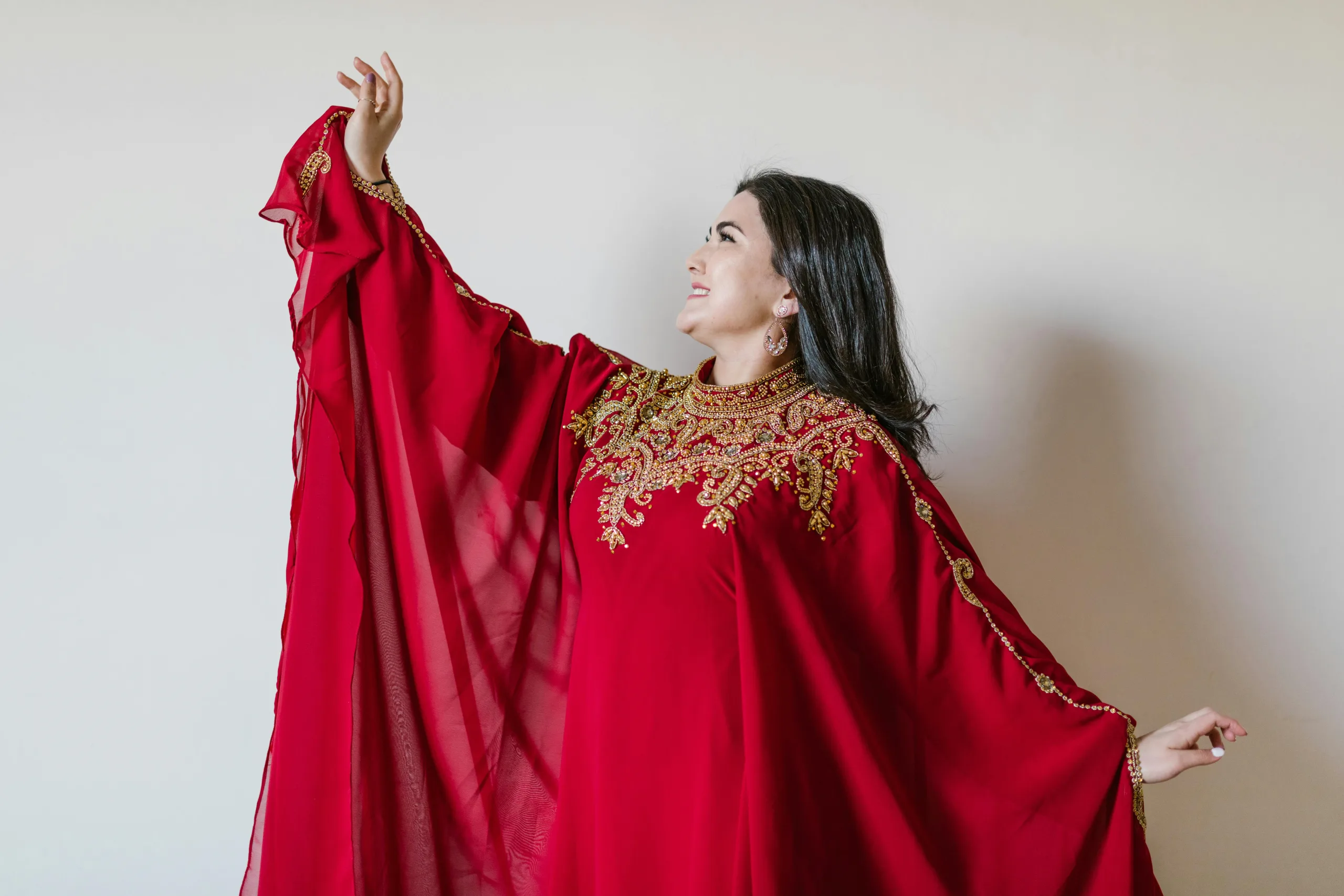Islamic clothing has a long history with its core principles being emphasizing the values of modesty and dignity to religion. The dress code in Islam is based on the Quran and Hadith teachings, which promote wearing a style of dress that covers the body and symbolizes the humility of the person. This has been shown in history through the various types of dresses, for instance, the abaya for women and the thobe for men, which have been the most common in Muslim communities worldwide. Not only are these dresses the symbols of cultural identity but they are also the ways of showing the faith.
As society continues to change, so does the fashion industry, thus leading to big changes in Islamic clothing to align with modern mindsets. The current Muslim population, especially young people, is searching more for designs that combine traditional modesty with fashion trends of today.
Changing Trends for Women
Women still wear the abayas, but with much modification to attract the sensibilities of the modern age. Now the Yalla abaya is not only available in black and dull colors but also in a host of fashionable colors and various fabrics, with their designs often enhanced by fashionable accessories or patterns. Another popular outerwear is manteau, a long outer garment, because it allows the wearer to be versatile and stylish for various occasions.
Other trendy items are:
- Harem Breeches: Harem pants are both comfortable and stylish. They are an excellent match with the trendy tops for a cool get-up.
- Turban Hijabs: It is the newest trend, and that too gives you the most fashionable yet decent look. If you want a modern touch to your traditional head wrapping, then this is the style implied for you.
- Soft Pastel Dresses: The soft pastel colors have also come into fashion once again. These can be worn by women during occasions as well as casual wear because they are decent and beautiful at the same time.

Evolving Styles for Men
Islamic fashion for men has changed a lot with time, and the thobe has remained one of them. However, the thobe has, in more recent years, embraced different modern interpretations that include a variety of cuts, colors, and fabrics which can fit formal and casual occasions. The new casual approach to thobe, using normally lighter materials, is gaining immense popularity and serving a wider audience; after all, it offers comfort with least compromise on style.
Other items in fashion for men are:
- Keffiyeh and Ghutras: These headscarves traditionally worn have been made up in different styles and materials, therefore making it a fashionable accessory that goes perfectly with modern outfits.
- Casual jackets: Light jackets that can be worn on normal wear and torn have become very popular these days, and is that kind of garment which combined style and functionality.
Factors Driving Change
The attire worn by Muslims throughout the years has changed due to some reasons. The young Muslims are now more driven by global fashion trends and celebrity styles, hence demanding clothes that indicate cultural identity as well as contemporary fashion. Besides, social media platforms are vital in this change, as influencers demonstrate different styles, some of which resonate with the young.
In summary, the Islamic clothing transformation is a wonderland of cultural maintenance and adaptation. By deliberately modernizing its aesthetics without sacrificing core values, Muslims across the globe are developing a new definition of modest dress.

